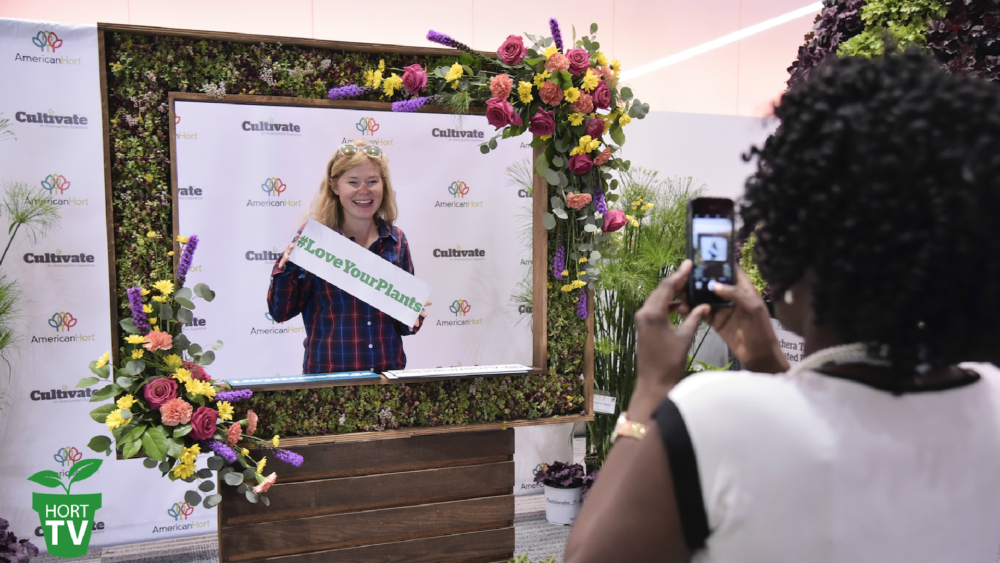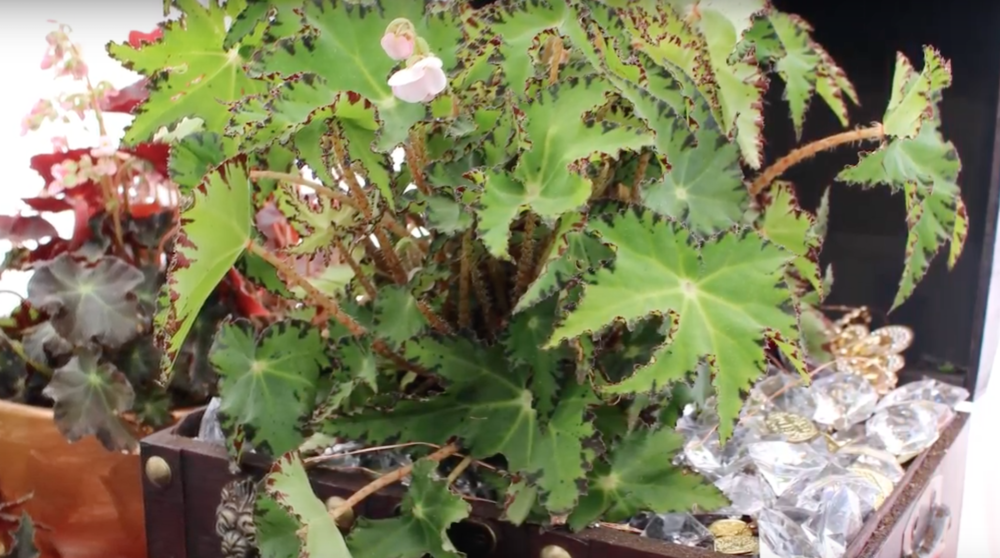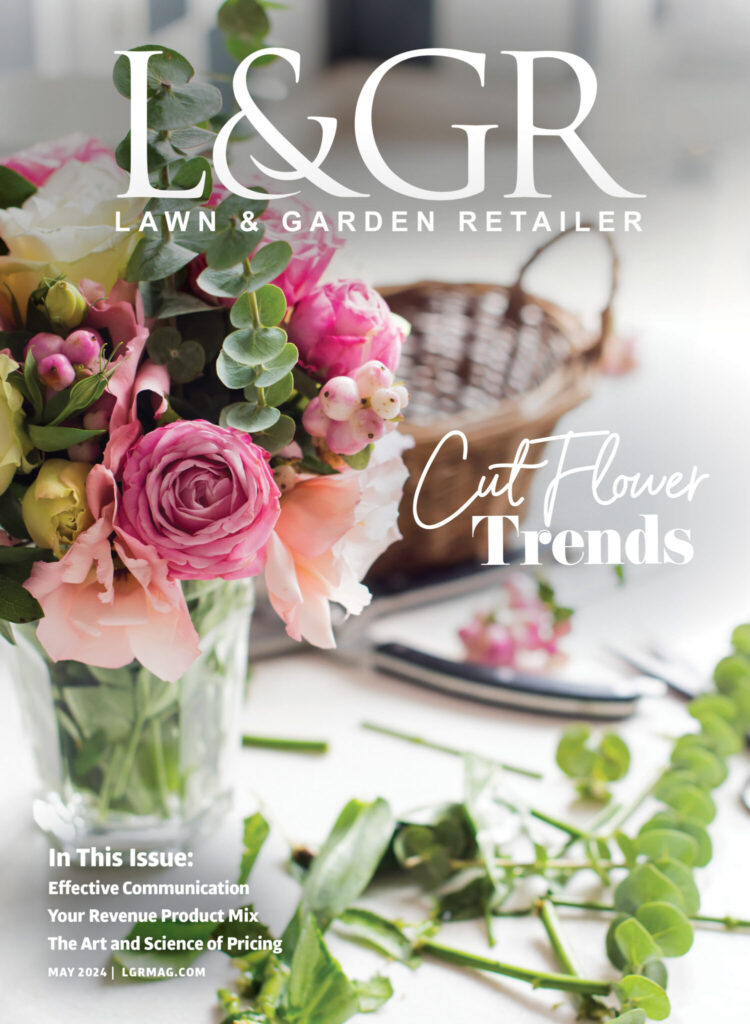The Country Slowly Turns Green
With the mad rush of spring over, you are finally reviewing those sales reports that have piled up on your desk in the past couple of months. As you review which categories and products were a resounding success and which to cut back on next year, you come across those sustainable items you stocked up on this spring. Matt Lauer told you they’d be hot. So did Martha Stewart, Oprah, Fortune Small Business and your local newspaper. Now you are wondering whether consumer demand for sustainable goods lived up to the hype.
The short answer is yes. The long answer is a little more complicated. Consumers are reporting a higher level of concern for the environment, but depending on the market segment, their concern is impacting their purchasing decisions in different ways. Whether the impact is large or small, consumers are buying more “green” goods.
More Greenbacks for “Green” Goods
In the past year, Wal-Mart has been tracking the sales of five consumer goods that allow its customers to make a clear and distinct green purchase in a general need category. These products include compact fluorescent light bulbs (CFLs), concentrated laundry detergents and organic milk. The numbers show a consistent increase in consumer purchasing behavior. In April, Wal-Mart reported a 66 percent increase in the past year in consumer adoption of sustainable goods.
This gain represents bigger dollars in some categories than others. Almost 20 percent of Wal-Mart’s customers are buying CFLs, and more than 75 percent are buying concentrated detergent. However, less than 2 percent of consumers are purchasing organic milk. California has now replaced New Hampshire as the “greenest” consumer market for Wal-Mart, but New Mexico consumers have increased their purchases of sustainable goods by 96 percent.
Wal-Mart’s results came as no surprise to TNS Consulting, who released their own report earlier this spring on green consumer behavior. According to TNS, two large and distinct market segments, totaling 32 percent of all U.S. consumers, are largely responsible for the growth in CFL and concentrated detergent sales at Wal-Mart. These two segments, “Frugal Earth Mothers” and “Proud Traditionalists,” both consist of women in rural areas who are responsible for running their households.
Characterized by their thriftiness, both segments are deciding to wash laundry in cold water, add insulation to their homes and shut off unused appliances in order to cut costs. These women show a limited willingness to pay more for green products but will purchase items that deliver long-term cost savings. This results in strong growth for energy-efficient light bulbs and limited growth for more expensive milk.
The big jump in New Mexico is driven by the two most active green purchasing market segments. While these two segments account for 23 percent of U.S. consumers, they represent widely different demographics. The “Respectful Stewards,” a segment that is 86 percent Hispanic, tend to be less educated, have a lower income and live in large urban areas. The second segment, making up the core “green” consumer base, are “Ecocentrics,” well-educated, middle- to high-income people living in urban centers in the South and West. These folks have money to spend on environmentally friendly products and are opening up their wallets to buy them.
So Where’s the Craze?
If your business is in an urban market in the South and West, congratulations! You have a solid customer base for the organic products on your shelves. If your market has a large Hispanic population, make sure to include sustainability in your marketing communications. Those of you in more rural markets might want to tread more lightly. While women running rural households may represent the largest segment of consumers in the country, they are cautious with their limited resources. Until they are convinced of clear long-term savings from organic gardening products, they are likely to spend their money on less expensive, non-organic products.
So, if these women aren’t buying what you’re selling, what is driving the media hype surrounding the supposed consumer craze for sustainable products? According to a survey last year from market researcher GfK Roper, 87 percent of consumers reported that they are very serious or somewhat serious about the environment. A company’s environmental practices guide the purchasing decisions of 79 percent of American consumers and impact the recommendations that 77 percent make to their friends and acquaintances.
However, this consumer concern is not driving a consistent level of purchase activity. Only 28 percent of the consumers Roper surveyed had purchased an environmentally friendly product in the last two months “because the advertising or label said the product was environmentally safe or biodegradable.” Why so few? Greener products are “too expensive,” say 74 percent of consumers, while 61 percent say they don’t work as well. Fifty-five percent believe that “many ‘environmentally safe’ products are not better for the environment.” (For more information on this topic, see June’s article on the risks of greenwashing.)
Friends with Benefits
Maybe, then, the answer is to stop selling green products. Just ask Steve Bishop, Global Lead of Design for Sustainability at IDEO, the company that designed the first mouse for Apple and the portable defibrillator. Writing for the Harvard Business Review, Bishop warns his clients about the limited market for hardcore green products and consumer wariness against marginally green improvements. “Instead of focusing on a green niche,” he recommends, “focus on green behaviors that everyone can aspire to.”
On a recent product design project he helmed for a bike company, Bishop looked for a “growth strategy with a green outcome” rather than designing a green bike. Rather than focusing on the hardcore cyclists or dyed-in-the-wool “green” consumers, they created a bike for the average person that captured the childhood fun of just hopping on a bike and taking off no spandex, no complicated gadgetry. The result: Consumers buy a bike that is fun and easy to ride, and the bike company gets more people to drive less.
The lesson? Bishop adheres to the old marketing axiom that “people who buy drills don’t need drills; they need holes. Consumers whether they are green or mainstream don’t simply want green products. They want solutions to their day-to-day problems that also make sense for our environment.”
Bottom Line
There is no question that consumer consciousness of sustainable goods is increasing, and they are responding by adjusting their purchasing behavior. However, there is still resistance to spending more on goods that don’t provide a cost-saving return, and people won’t buy poor products that perform poorly.
You know your market best. While our industry is impacted by national and regional trends, we are still ultimately a ZIP code business. However, no matter where you do business or who makes up your customer base, you are selling to consumers and when it comes to making buying decisions, they behave in pretty consistent ways. Unless your market is heavily populated with “Ecocentrics,” make sure your sustainable products follow the same rules of functionality, packaging design and price point as everything else you sell.
If you can provide the hole, they will buy the drill. And if the drill is good for the environment, they will feel even better about it they might even come back for more.
SIDEBAR
Outside the Industry
The question of whether to stock your shelves with green products might be best answered by dish detergents and hand soaps. Maybe you’ve seen Method cleaning products on the shelves at Target or Costco. They have super-sexy packaging, and you feel cool just putting them in your cart. The products all work well, and if you aren’t careful, you may find yourself becoming a serious devotee. You can do all of this without noticing that these products, and their packaging, are seriously green.
“The style of Method is all about getting people to notice the products, pick them up, get engaged in them, use them, get pleasure from using them, want to use them again,” according to Joshua Handy, Method’s senior creative director. The starting point for every product Method designs is to identify a product or chore that is boring and then reinvent it. And before a product ever hits the shelves, it has to clear a stringent list of “dirty” and “clean” ingredients maintained by Method.
Method recognizes that while its mission might be to sell sustainable goods, its business is selling consumer goods. Like Method, garden centers are in the consumer-goods business. First and foremost, we need to sell goods that satisfy the needs or capture their imaginations of our customers.

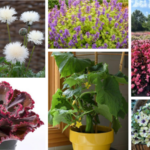
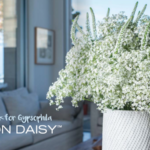
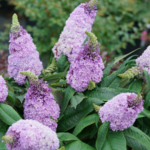

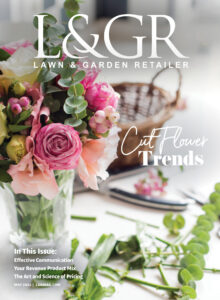
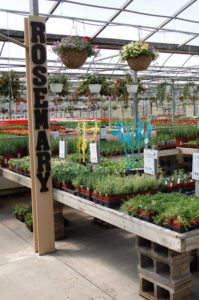
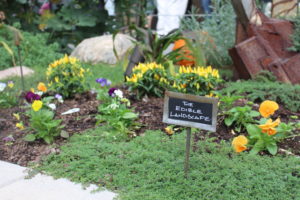
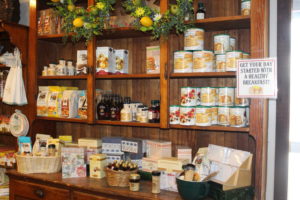
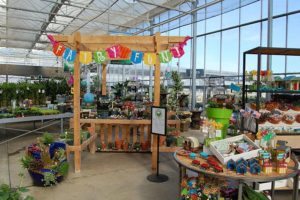

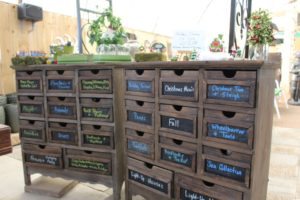
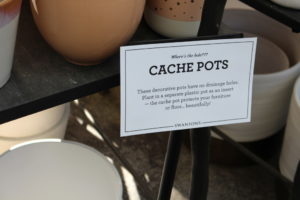
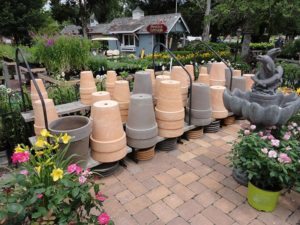
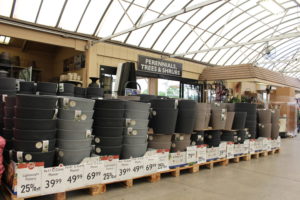
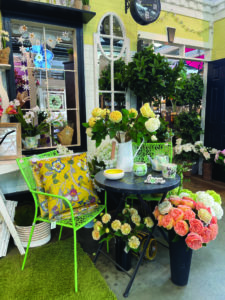
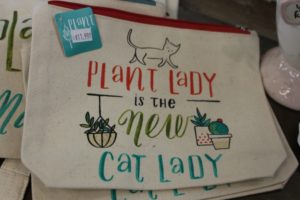
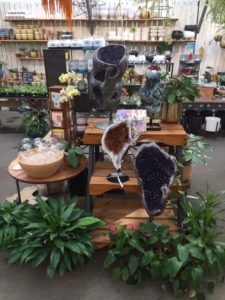
 Videos
Videos
